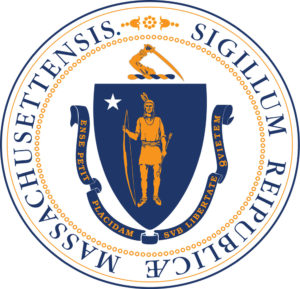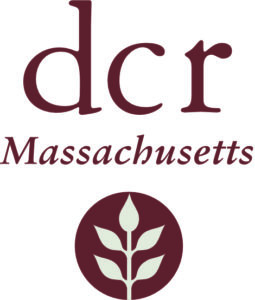
FOR IMMEDIATE RELEASE:
September 20, 2022
CONTACT
Ilyse Wolberg
Ilyse.Wolberg@mass.gov
617-360-1715

Baker-Polito Administration Celebrates the Success of the Greening the Gateway Cities Program Across the State
Lynn – As part of the Baker-Polito Administration’s celebration of Climate Week in Massachusetts, Department of Conservation and Recreation Commissioner Doug Rice and state and local officials visited the City of Lynn to promote the Commonwealth’s Greening the Gateway Cities Program (GGCP). In April 2017, the municipality joined the program, which provides free trees to residents, businesses, and municipal properties. To date, 2,007 trees have been planted in the community in an effort to increase its tree canopy. An additional 400 trees are expected to be planted throughout the city by the end of the Fall 2023 planting season. Importantly, a healthy tree canopy can deliver significant energy and environmental benefits, such as improved air quality, lower energy consumption, critical habit for wildlife, and the beautifying of neighborhoods.
“Since coming into office, the Baker-Polito Administration has greatly supported the Greening the Gateway Cities Program as one of many key programs to address the impacts of climate change that are currently being felt throughout the Commonwealth,” said Department of Conservation and Recreation Commissioner Doug Rice. “Through this unique program, tree plantings make the City of Lynn and other communities not only more resilient to the effects of climate change, by provide other added benefits, including improved air quality and a reduction in energy costs.”
The Greening the Gateway Cities Program is a partnership between the Executive Office of Energy and Environmental Affairs (EEA), the Department of Conservation and Recreation’s (DCR) Urban & Community Forestry Program, the Department of Energy Resources (DOER), and the Department of Housing and Community Development (DHCD), along with Gateway Cities and local grassroots organizations. Notably, the program utilizes trees to cool neighborhoods and reduce the “urban heat island” effect where large areas of pavement create significantly hotter living conditions. The tree plantings are also focused within Environmental Justice neighborhoods – areas with over 25% of residents who are low income, minority, or non-English speaking.
DCR foresters work with neighborhood non-profit organizations to help with outreach and community support. Extensive tree planting in local neighborhoods addresses climate justice by giving residents the same access to cool greenspace and shade as other communities. The program also strives to reduce energy use by shading and sheltering neighborhoods and to reduce flooding by soaking up stormwater.
“More trees and improved greenery lead to many public health, environmental, and social benefits,” said State Senator Brendan Crighton (D-Lynn). “Thank you to our state and local partners for putting environmental justice at the forefront and making the Greening the Gateway Cities Program an ongoing success.”
“The Greening the Gateway Cities Program is an important piece of larger puzzle that aims to address the effects of climate change in our gateway cities,” said State Representative Peter Capano (D-Lynn). “Expanding the urban tree canopy will allow residents to enjoy shaded and cooler green spaces, cleaner air to breath, and a reduction in energy costs.”
“It is as important as ever to take steps to combat climate change and protect our environment,” said State Representative Dan Cahill (D-Lynn). “The Greening the Gateway Cities Program furthers this mission and provides many benefits to the Commonwealth”
Since 2015, the state has invested $23 million into the Greening the Gateway Cities Program. Over the next year, the state will invest $5 million more in state capital and energy efficiency funds to plant about 8,000 trees averaging six feet in height within fourteen gateway cities. The program will not only produce energy savings, but will also benefit the local economy and create jobs by purchasing trees from local nurseries and hiring foresters and tree planting crews from the cities where planting takes place. The program trains crews in proper tree planting and care and many employees find permanent work in the landscaping industry. The GGCP is expected to yield more than twice the investment made by the Administration in energy cost savings for residents and businesses as the trees mature.
With a defined goal to increase the urban tree canopy to five to ten percent in select neighborhoods in each Gateway City, the program is expected to reduce heating and cooling costs by approximately $230 a year for an average household once the trees reach maturity. To date, the program has planted a total of 34,830 trees within participating Gateway Cities – that is the equivalent of adding 550 acres, or nearly one square mile, of new forest to these cities. Residents who sign-up for the GGCP will be provided planted trees at no cost as long as they commit to watering the trees for two years. For more information about the Greening the Gateway Cities Program, please visit the program’s webpage.
###




